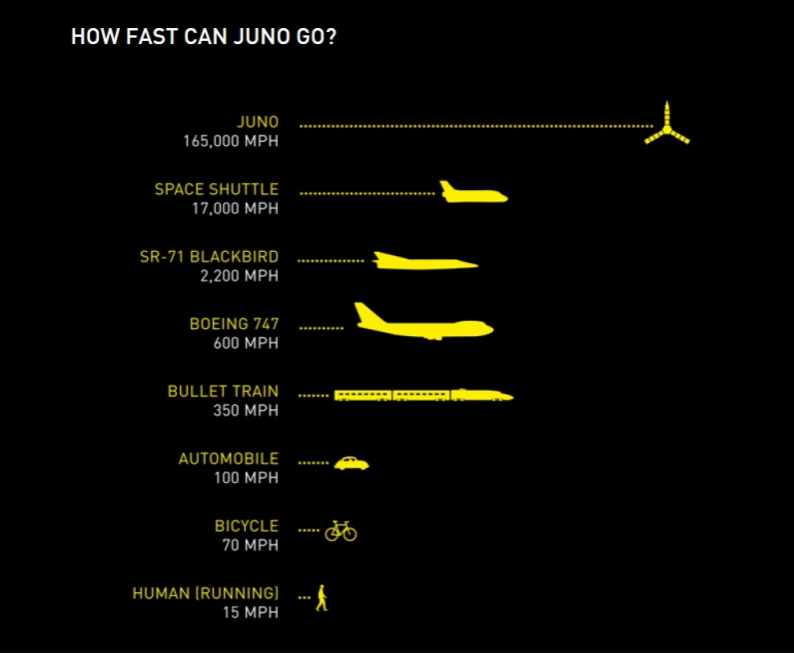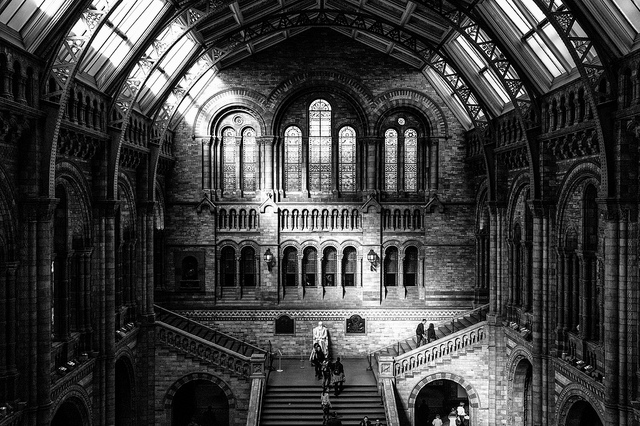What Happens After Someone Dies?
Parental information – this article contains a frank factual interview about what happens to a person procedurally after they die.
Have you ever wondered what actually happens after someone dies? And what is it like to work in this area?
This subject can be a difficult and emotional one, but the whole mystery surrounding death can be better understood with a clear explanation of what happens, step by step.
Carolyn Ward talks to Anna, a mortuary assistant or ‘Anatomical Pathology Technologist’, about what happens when somebody dies, and what led her to choose such a potentially sad career.
What is Juno?
There has been a lot of excitement about the Juno probe this week, but what is it and what is its mission?
What is Juno?
Juno is a spacecraft designed and operated by NASA, the US space agency. It was launched from Cape Canaveral on the 5th August 2011 and has taken almost 5 years to travel the 716 million kilometres to Jupiter, the largest planet in our solar system. Juno is 3.5 metres in height, and when its solar arrays are extended it’s more than 20 metres across. These arrays are covered in more than 18,500 solar cells, which allows Juno to operate even when it’s at such a great distance from the Sun.

(Image: NASA)
Why is it called Juno?
In Roman mythology Juno was the Queen of the gods. She was married to the king, Jupiter, who wasn’t always well-behaved. Juno had to peer through the clouds to discover what he was up to; the spacecraft is called Juno because it will be looking beneath the clouds that cover the surface of the planet Jupiter.
Aboard the Juno craft are 3 models of Lego minifigures: Jupiter, Juno and Galileo, who discovered in 1610 that Jupiter had moons.

From left to right: Galileo, Juno and Jupiter. (Image: NASA/JPL-Caltech/LEGO).
What is it looking for?
Jupiter is enormous; it’s two and a half times larger than all the other planets in our solar system combined. It’s made entirely of gases and is believed to have no solid surface. The planet rotates at an immense speed, completing one rotation every ten hours, and telescopes have shown us that it has a cloudy atmosphere with colourful spots and stripes. The largest of these, known as the Great Red Spot, is a storm that is several times the size of Earth and has been raging for more than 300 years.

Jupiter. The Great Red Spot is clearly visible. (Image: NASA).
This mission is the first time that humans will be able to glimpse what lies beneath Jupiter’s cloudy atmosphere. The main objective is to understand how the planet formed and evolved, which will give us more information about the formation of gas giants as well as the rest of the solar system. Juno will also measure the quantities of water and ammonia within the atmosphere, examine the magnetic field that surrounds the planet, observe any polar auroras and measure the gravity to see whether a solid core may exist after all.
For more information about the Juno mission you can watch this video from Nasa, and have a look at the Juno mission webpage.
Great Women You Should Know… Hedy Lamar
You probably do not know who the actor Hedy Lamarr was as her last film credit was in 1958. If you ask your parents they may have a vague recollection or at least know her name.
What they probably don’t realize is that she wasn’t only an actor. She was a philosopher and, most importantly this month as we remember the World Wars and the sacrifices made during those wars, she was an inventor. She and avant-garde composer George Antheil worked together to create the first broad-spectrum frequency hopping wireless communications.
“What on earth is that?”, you’re probably thinking!
What is The Point in Learning … History
Have you ever sat in a Maths class wondering if you will ever have to do long division without a calculator once you leave school? Or silently cursed your Geography teacher while learning about the formation of oxbow lakes?
And History? That’s all in the past and irrelevant, isn’t it? In this series of articles, we will look at some of the subjects we learn at school, and try and answer the question: What’s the point in learning this?
Last time we looked at uses of Physics, both in day to day life, and in careers. Today we will focus on History – the study of the past and how our society came to be as it is. Here are some ways in which studying History is useful to us:
Critical Thinking

Thinking by Elisabeth Haslam
When we study history we don’t just learn lists of facts and dates off by heart. We read lots of opinions about what happened and why, and come to our own conclusion. We base these opinions on two types of material, primary sources which are texts and drawings created at the time of the history we are studying, and secondary sources which were written after the event.




